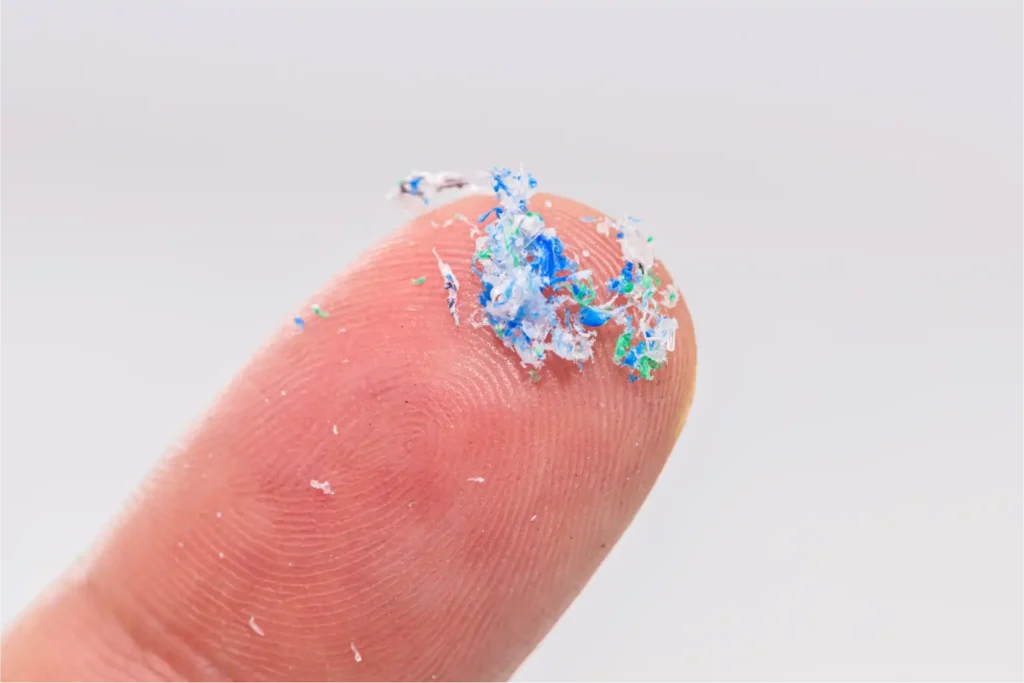
Delhi microplastic pollution: Adults in Delhi inhale almost double the number of microplastic particles in summer compared to winter, according to a new research.
The research, conducted jointly by the Indian Institute of Tropical Meteorology (IITM) and Savitribai Phule Pune University, found that the average daily exposure for adults jumped from 10.7 particles in winter to 21.1 in summer, a 97% increase.
Children and toddlers are also at risk. School-age children (6–12 years) inhale about 8.1 particles a day in winter, rising to 15.6 in summer, while toddlers (1–6 years) breathe in 6.1 particles in winter and 11.7 in summer. Even infants under one year were found to inhale 3.6 particles in winter and 6.8 in summer.
Also Read | Is your home hurting your lungs? The hidden dangers of indoor air pollution
Researchers collected air samples on Lodhi Road between January and June 2024, analysing particles across the PM10, PM2.5, and PM1 categories. Over 2,000 microplastics were identified, mainly fragments and fibres of common plastics, such as PET (41%), polyethylene (27%), polyester (18%), polystyrene (9%) and PVC (5%). Many particles were also found carrying trace metals like zinc and aluminium, raising additional toxicity concerns.
Delhi’s residents inhale between 1,935 and 5,621 microplastic particles annually, higher than levels recorded in Mexico City but lower than indoor exposure in Scotland, the study noted. The capital’s massive plastic waste generation, over 1,100 tonnes a day, including 635 tonnes of single-use plastics, along with local textile, packaging and laundry activities, were identified as major contributors. Winds from nearby industrial and waste-burning sites further add to the city’s burden.
Experts warned that, although no safe limit exists for inhaling microplastics, chronic exposure could aggravate respiratory illnesses such as asthma, bronchitis, and pneumonia and even increase the risk of cancer. Smaller particles can lodge deep in the lungs, carry harmful microbes, and trigger inflammation that impacts not just lung function but potentially the skin and brain as well.
“Delhi’s extreme weather conditions, combined with heavy pollution and plastic waste, make the city a global hotspot for airborne microplastic exposure,” the authors cautioned.








